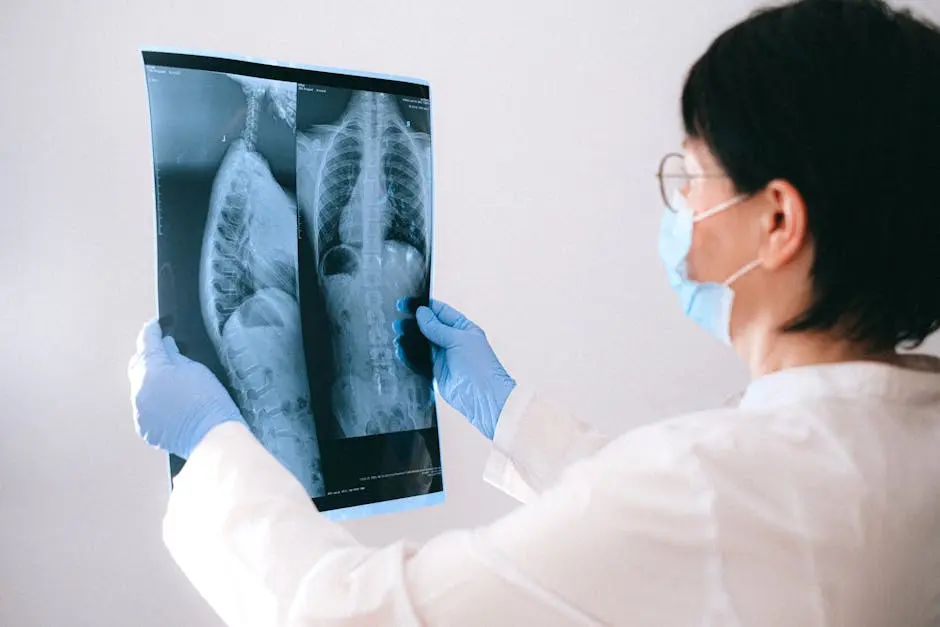Our Blog
Understanding Cholangitis Symptoms: Early Detection Saves Lives
January 04, 2025
Cholangitis is a serious condition that demands our attention, especially when it comes to recognizing its symptoms. Early detection can be the key to effective treatment and a better outcome. In this blog, we will explore the symptoms of cholangitis, how to identify them, and why timely medical intervention is crucial. Let’s dive into understanding this important health issue.
What is Cholangitis?
Cholangitis is an infection of the bile duct system, often caused by a blockage. Understanding what cholangitis is can help you recognize its serious nature and why knowing its symptoms is vital.
This condition typically stems from the presence of stones in the bile duct or strictures that impede the flow of bile. When a blockage occurs, bacteria can multiply, leading to an infection. This creates a dangerous cycle that can escalate quickly without proper intervention. As such, familiarizing yourself with cholangitis can empower you to respond effectively.
Moreover, cholangitis is not just a standalone issue; it’s often linked with other underlying conditions. This interconnectedness underscores the importance of early awareness. By grasping what cholangitis is and its potential causes, you position yourself to be more vigilant about your health and those around you.
Common Symptoms of Cholangitis
Symptoms of cholangitis can vary, but common signs include jaundice, fever, chills, and abdominal pain. Learning these symptoms can empower you to take action.
Jaundice, which is the yellowing of the skin and eyes, occurs when bilirubin builds up in the bloodstream, a sign that the bile ducts are obstructed. This alarming signal often accompanies other symptoms, such as fever, which may appear suddenly and be severe, typically acting as the body’s response to infection.
Chills and abdominal pain are also significant indicators to monitor closely. For instance, if you find yourself feeling cold and experiencing discomfort in the upper right side of the abdomen, it could be a sign that something is wrong. Being aware of these symptoms can prompt timely medical consultation and improve your chances of recovery.
Additionally, some individuals may report changes in their urine color, leading to darker urine or clay-colored stools. These changes can signal underlying issues with bile production and excretion, aligning strongly with cholangitis symptoms. By recognizing these signs, you can ensure that your health is prioritized.
How Cholangitis Symptoms Progress
Understanding how symptoms can progress is crucial. Early symptoms may be mild, but they can escalate quickly if left untreated. Knowing this can motivate you to seek help sooner.
Initially, many may dismiss mild abdominal discomfort as a temporary issue or just something they ate. However, as time passes, this discomfort can evolve into severe pain, accompanied by other alarming symptoms such as fever and chills. This escalation underscores the importance of being attuned to your body’s signals.
Furthermore, the rapid progression of cholangitis symptoms can be linked to the speed at which the infection spreads in the bile ducts. An infection left unaddressed may result in serious complications, possibly leading to sepsis. Recognizing these red flags early could mean the difference between a manageable condition and a medical emergency.
Why Early Detection Matters
Early detection of cholangitis can significantly impact treatment outcomes. This section will discuss the potential complications of delayed treatment and how early intervention can lead to better recovery.
When cholangitis is caught early, treatment options can be more effective and less invasive. Antibiotics are often the first line of defense, but when it’s diagnosed at an advanced stage, more extensive procedures like surgery or endoscopic interventions may be necessary.
Moreover, untreated cholangitis can lead to life-threatening complications, including liver failure, abscess formation, or pancreatitis. The only path to preventing such dire outcomes is through prompt recognition and treatment of the symptoms. Thus, understanding the importance of early detection is paramount.
When to Seek Medical Attention
It’s essential to know when to seek medical attention for cholangitis symptoms. If you experience any concerning signs, understanding the urgency of your situation can be life-saving.
In situations where fever and chills are accompanied by severe abdominal pain, especially on the right side, do not hesitate to seek help. These can be indicators of a potential rupture or severe complications that need immediate care.
Moreover, if jaundice appears suddenly, it should never be ignored, as it is often a hallmark symptom of an underlying issue requiring swift intervention. Your health and wellbeing should always be your primary concern.
Lastly, reaching out to a healthcare provider for any unusual signs, no matter how mild, can be an invaluable act of self-advocacy. Remember, early intervention can not only arrest the progression of the disease but also pave the way for a swift recovery.
The Importance of Early Detection
Recognizing cholangitis symptoms early can save lives. If you or someone you know experiences signs like fever, chills, or abdominal pain, seeking medical help promptly is essential. Awareness and education are powerful tools in the fight against cholangitis. Let’s prioritize our health and the health of our loved ones by staying informed.
